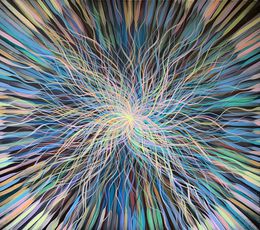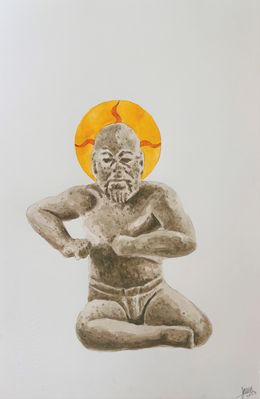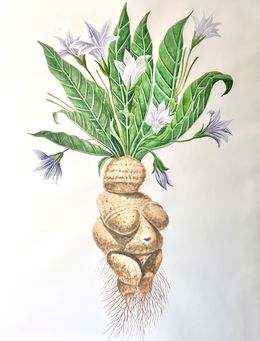
Mexican Muralism
“The art of the Mexican people is the most wholesome spiritual expression in the world and this tradition is our greatest treasure," a quote that can be found in the 'Declaration of Social, Political and Aesthetic Principles,' from the Syndicate of Technical Workers, Painters and Sculptors of Mexico. (date)
Following the Mexican Revolution of 1910, an artistic movement specializing in mural artworks was born, aptly named Mexican Muralism. Through this easy and accessible art form, artists aimed to reclaim Mexican history and give it back to all Mexicans, no matter their economic status or education. The enormous artworks of Mexican Muralism were a stark contrast to the easel paintings and limited edition prints that were generally reserved for aristocratic society. Unlike the latter, Mexican muralism aimed to prioritize the collective over the individual. It eliminated the need for criticism and curation: instead it was an art form dedicated to the people in its entirety. As the movement grew, the state commissioned artists to paint such murals, such as Sintonía Ecotrópica by Julio Carrasco Bretón.
Furthermore, the themes of the movement perfectly align with the revolutionary context of the time. These murals praised the work of the lower classes, such as menial workers and peasants, inspired from ancient Mayan, Aztec and Incan artworks. Three artists, “los tres grandes" or the great three, are the figureheads of this movement: Diego Rivera, José Clemente Orozco and David Alfaro Siqueiros.
These murals generated a massive change in painting techniques. The finalization of each work required artists to take a step back, as well as the fact that the size encouraged team work on each project.
Numerous painters had to come together under one artistic direction to create the several layers needed for each mural. Many walls where murals were installed, such as the fronts of houses or the interiors of churches, became public artworks which couldn't be removed, exchanged or sold. Walls, however, were not the only medium artists chose to paint on. When artists chose to create murals off the wall, they often used mediums which would be easily distributed, like etching, lithographs or posters.
And if you would like to own one of these affordable artworks yourself, check out Artsper's selection of prints from Mexican muralist artists!
Save your search and find it in your favorites
Save your search to find it quickly
Saved search
Your search is accessible from the favorites tab > My favorite searches
Unsaved search
A problem occurred



James Bonachea
Fine Art Drawings - 37.8 x 25.9 x 0.3 cm Fine Art Drawings - 14.9 x 10.2 x 0.1 inch
$1,000

James Bonachea
Fine Art Drawings - 140 x 104.9 x 0.3 cm Fine Art Drawings - 55.1 x 41.3 x 0.1 inch
$3,500




